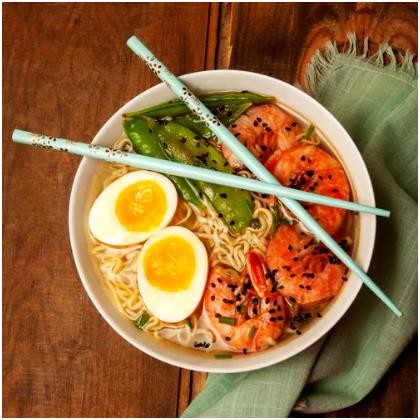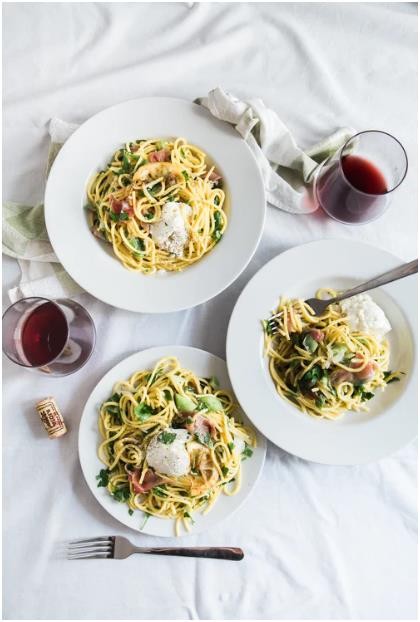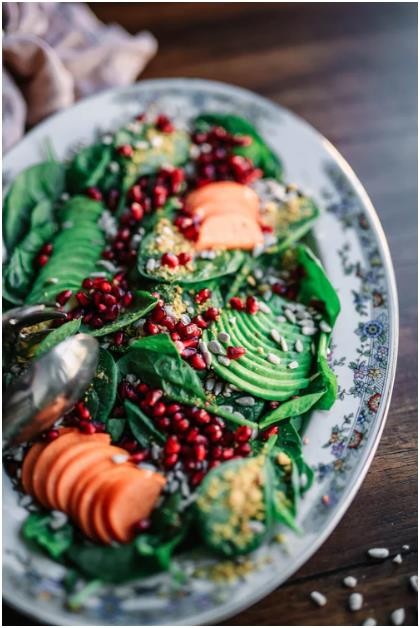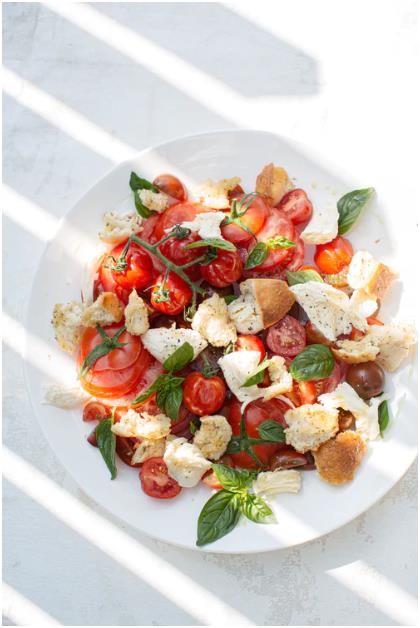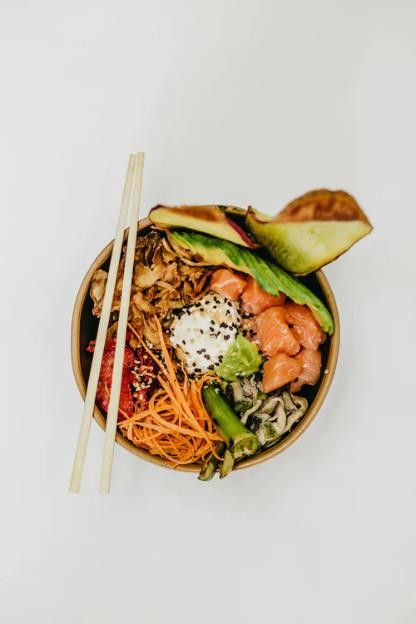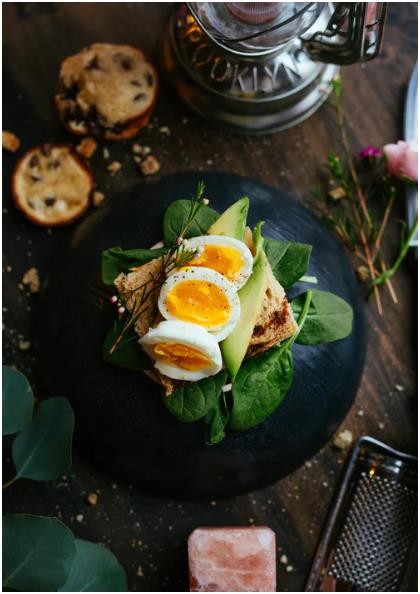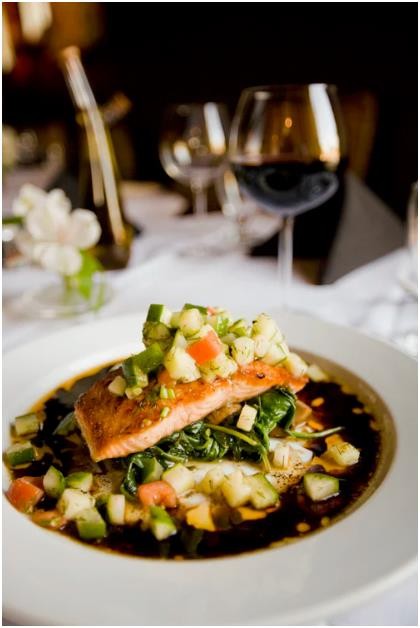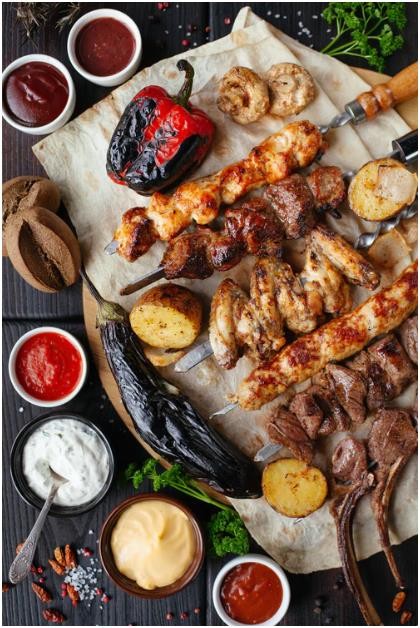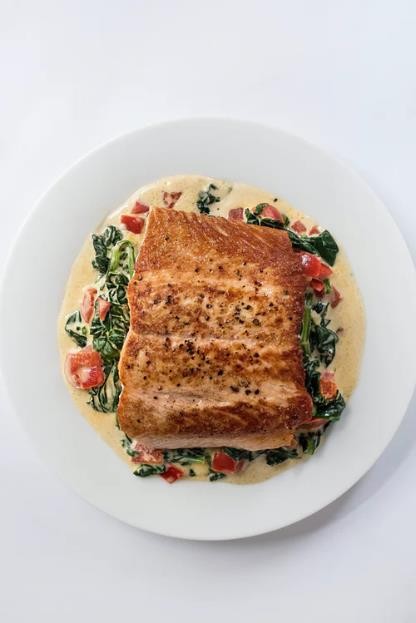The Essence of Western Cuisine Culture A Comprehensive Guide
Western cuisine traces its roots to ancient Rome, where lavish BAnquets and refined cooking techniques laid the foundation for its develoPMEnt. During the Renaissance, culinary arts flourished in Italy and France, with figures like Auguste Escoffier elevating cooking to an art form. The Industrial Revolution accelerated its globalization, as colonial expansion introduced European dining customs worldwide. Today, Western cuisine embodies a fusion of historical traditions and modern innovation.
- Dining Etiquette
- Tableware Usage: Knife (right hand) and fork (left hand) follow strict placement rules, with napkins symbolizing the start and end of meals.
- Seating Arrangements: Hosts typically sit at the center of long tables, with guests arranged by social hierarchy.
- Course Sequencing: Meals progress from appetizers (e.g., salads) to main courses (e.g., steak), concluding with desserts and coffee .
- Signature Dishes
- Cooking Philosophy
- Precision: Techniques like sauté (quick-frying) and julienne (thin slicing) require meticulous execution.
- Ingredient Focus: Olive oil, herbs (rosemary, thyme), and aged cheeses define flavor profiles.
-
Social and Commercial Bridges
Western dining rituals, such as business luncheons, facilitate international collaboration. For example, wine pairing etiquette reflects nuanced communication styles in European trade. -
Educational and Touri** Value
Culinary schools globally teach courses like "French Patisserie Arts," while cities like Paris attract food enthusiasts through gastronomic tours. -
Lifestyle Integration
The "farm-to-table" movement and brunch culture exemplify Western cuisine’s influence on modern wellness and leisure.
| Country | Key Features | Iconic Dishes |
|---|---|---|
| France | Sophisticated sauces, multi-course meals | Escargots, Crème Brûlée |
| Italy | Rustic simplicity, emphasis on pasta and olive oil | Risotto, Gelato |
| USA | Fusion-driven, portion-heavy | Hamburger, BBQ Ribs |
| Spain | Tapas culture, bold flavors | Paella, Churros |
Western cuisine transcends mere sustenance, serving as a cultural lexicon that intertwines history, art, and social norms. From the intricate service à la russe to the communal spirit of Italian family dinners, it offers a lens to understand Western values like precision, creativity, and inclusivity. As globalization persists, this culinary tradition continues to evolve, bridging continents through shared plates and stories.
For further exploration, refer to .
版权声明:本文内容由互联网用户自发贡献,该文观点仅代表作者本人。本站仅提供信息存储空间服务,不拥有所有权,不承担相关法律责任。如发现本站有涉嫌抄袭侵权/违法违规的内容,请联系QQ:23236402举报,一经查实,本站将立刻删除。

